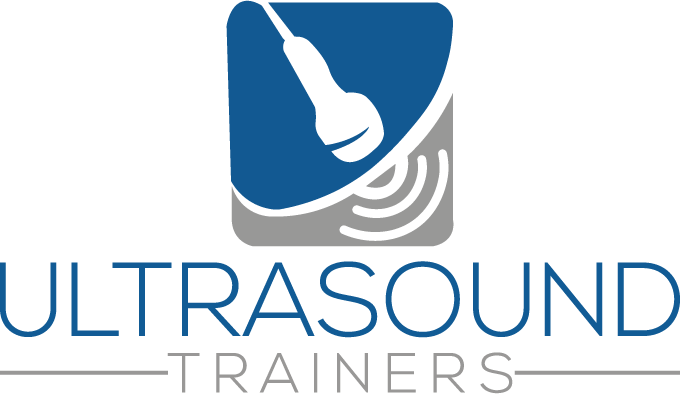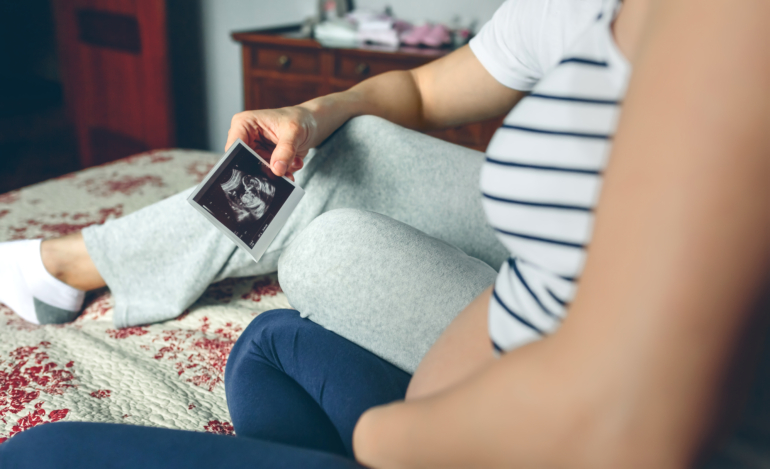Understanding 3D Ultrasound: A Lifelike Peek at Your Baby
Few pregnancy milestones feel as magical as the moment you first see your baby’s face. Traditional 2‑D sonograms outline bone and motion, but 3D ultrasound stitches thousands of echoes into a true‑to‑life rendering—tiny lips, button nose, even yawns. For expectant parents curious about keepsake imagery, diagnostic value, timing, and safety, this long‑form guide unpacks everything you need to know.

What Exactly Is a 3D Ultrasound?
Unlike the grayscale slices seen in 2‑D, a 3‑dimensional ultrasound sweeps the probe in an arc while advanced software reconstructs volumetric data. The result resembles an amber‑tinted photograph rather than a medical chart.
Key differences:
- Data Capture: 2‑D collects a single plane; 3D gathers multiple planes simultaneously.
- Display: 3D uses surface rendering algorithms to create depth, revealing facial contours.
- Use Case: 2‑D remains the gold standard for measurements and diagnostics; 3D shines for parental bonding and select anomaly clarification (cleft lip, spinal defects).
The technique leverages AIUM‑endorsed acoustic principles—no radiation, just high‑frequency sound waves that return harmless echoes.
How Does the Technology Work?
Inside every 3D transducer sits a matrix array of piezoelectric crystals. When an electrical pulse hits, each crystal vibrates, emitting sound waves that penetrate amniotic fluid. Returning echoes vary in time and strength, allowing the onboard processor to triangulate coordinates in three axes (x, y, z).
The machine then applies:
- Voxel Mapping: Each echo becomes a “voxel”—a three‑dimensional pixel with depth values.
- Volume Rendering: Ray‑casting algorithms eliminate shadows and fill gaps.
- False Color Shading: Soft sepia palettes boost contrast while preserving diagnostic grayscale beneath.
Modern platforms (e.g., GE Voluson, Samsung HERA, Mindray Resona) can process millions of voxels per second, delivering near‑real‑time playback—often called 4D when displayed live.

When Is the Best Time for a 3D Ultrasound Scan?
The sweet spot is typically 26–32 weeks gestation. Earlier than 24 weeks, baby’s facial fat hasn’t filled out, yielding skeletal images. After 34 weeks, limited amniotic fluid and crowding can obscure views.
| Trimester | Image Quality | Notes |
|---|---|---|
| First Trimester | Low | Mostly diagnostic; embryo too small for defined 3‑D. |
| Second Trimester | Good | Early bonding, but features still sharpening. |
| 26–32 Weeks | Excellent | Optimal fluid, fat, and space—ideal for keepsake sessions. |
| After 34 Weeks | Variable | Head may be downward; placenta or limbs may block view. |
Tip: Booking two weeks sooner or later can make a dramatic difference, so consult the studio’s sonographer.
Benefits for Expecting Parents
Lifelike Bonding: Seeing a realistic face often cements emotional attachment, improving prenatal mental health.
Family Involvement: Grandparents and siblings grasp baby’s features more easily than with 2‑D slices—boosting anticipation and support.
Anomaly Clarification: While 3D is not first‑line screening, it can aid physicians in evaluating external anomalies, like limb malformations, by providing depth cues.
Digital Keepsakes: Most studios offer high‑resolution JPEGs and even video loops compatible with baby shower slideshows.

Limitations & Ethical Considerations
While FDA guidelines confirm diagnostic ultrasound is non‑ionizing and safe, prolonged non‑medical scans “for entertainment” should be limited. Certified sonographers follow ALARA (As Low As Reasonably Achievable) exposure principles.
Other caveats include:
- Image Obstruction: An anterior placenta or baby’s hands can block the face.
- Cost: Elective 3D packages range from $89–$249 depending on city and add‑ons (heartbeat animals, photo frames, live streaming).
- False Reassurance: Parents should never skip routine diagnostic scans; 3D is supplementary.
Choosing a Reputable 3D Ultrasound Studio
Ask these questions before booking:
- Credentials: Is the sonographer ARDMS‑registered or overseen by a licensed medical director?
- Machine Model & BT Level: High‑end systems (e.g., Voluson E10 BT23) deliver clearer volumes.
- Session Length: Look for 15‑ to 30‑minute slots—long enough for baby to move but short enough to keep exposure minimal.
- Rescan Policy: Reputable studios offer free or discounted re‑do sessions if the face is hidden.
- Environment: A dimmed, theater‑style viewing room helps families relax and capture memories on video.
Preparing for Your Appointment
Simple steps maximize clarity:
- Hydrate for three days: Extra fluid enhances the “acoustic window,” sharpening images.
- Eat a light snack 30 min prior: A mild glucose spike often prompts fetal movement.
- Wear a two‑piece outfit: Facilitates quick abdominal access.
- Bring previous scans: Helps the sonographer locate optimal angles faster.
If baby persistently faces inward, gentle belly jiggles, walking, or a sip of juice can encourage repositioning.
Frequently Asked Questions
Is 3D ultrasound safe for my baby?
Yes. Decades of research show no adverse fetal effects when performed by trained professionals using recommended settings.
Will insurance cover elective 3D scans?
Typically no; plans fund only medically indicated imaging. Elective scans are out‑of‑pocket.
Can I learn my baby’s gender during a 3D session?
Absolutely—if baby cooperates and you’re past 16 weeks. Studios often frame “Team Pink” or “Team Blue” graphics upon request.
What if my placenta blocks the view?
An anterior placenta can muffle imagery. Experienced sonographers try side angles or schedule a repeat visit.
How long before I get the photos?
Most studios print on‑the‑spot and email high‑res files within minutes. Some provide downloadable app galleries.
Key Takeaways
- Schedule between 26 and 32 weeks for the clearest 3D ultrasound images.
- Use reputable studios staffed by RDMS‑certified sonographers who follow FDA safety guidelines.
- Hydrate and snack beforehand to improve acoustic conditions and fetal activity.
- Remember that 3D scans complement—not replace—routine diagnostic ultrasounds.
Ready to Meet Your Little One in 3D?
Whether you’re eager to print a nursery portrait or confirm that adorable button nose you dream about, a professional 3D ultrasound session offers unforgettable bonding moments. Have questions or tips from your own scan? Drop a comment below—let’s share stories, celebrate healthy pregnancies, and help every parent feel closer to the miracle growing within.
Sharing is caring: If this guide answered your questions, please pass it along to fellow parents‑to‑be and tag us on social media with your 3D sneak‑peek!



